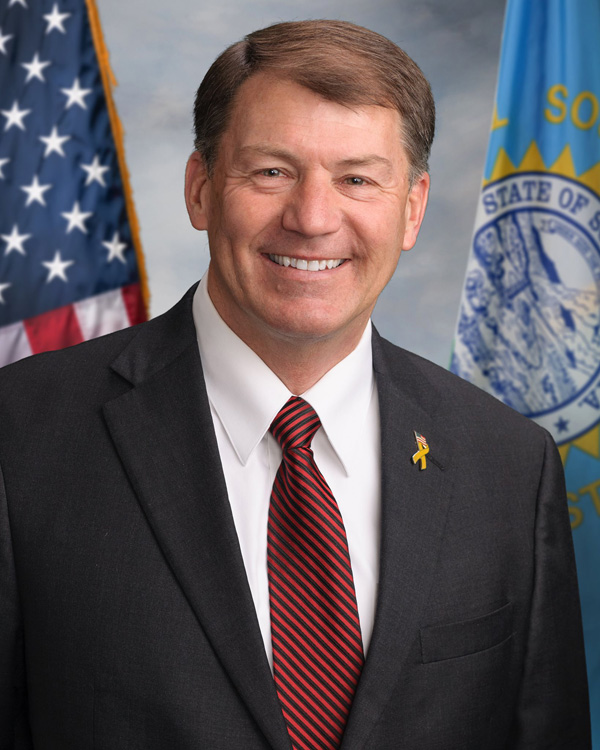

Holding the Army Corps Accountable for its Management of the Missouri River
By U.S. Sen. Mike Rounds (R-S.D.)
In the Senate, I have the opportunity to serve as Chairman of the Senate Environment and Public Works (EPW) Subcommittee on Superfund, Waste Management and Regulatory Oversight, which has the important responsibility of providing oversight of the U.S. Army Corps of Engineers. The Corps of Engineers manages the Missouri River Basin Mainstem Reservoir System, which includes six dams and reservoirs in Montana, North Dakota and South Dakota. These six reservoirs have a combined maximum capacity of 72.4 million acre feet and control runoff from approximately half of the Missouri River Basin.
Our subcommittee recently held a field hearing in North Sioux City with Brigadier General Peter Helmlinger and John Remus, Chief of the Missouri River Water Management Division of the U.S. Army Corps of Engineers Northwestern Division, to discuss the Corps’ management following spring 2019 flooding along the river due to heavy precipitation and an extreme weather event known as a “bomb cyclone,” followed by rapid snowmelt. As a result, hundreds of miles of land along the river system flooded, threatening and damaging homes, communities, farmland and critical infrastructure such as dams and bridges.
I appreciated the Army Corps’ willingness to participate in the hearing and answer our questions regarding their management of the river. I also appreciated the many members of the public who took time out of the day to attend.

During the hearing, we discussed the latest August 1, 2019, runoff projections from the Army Corps of Engineers. 2019 is expected to be the second-highest runoff year on record with almost 53 million acre feet of runoff, second only to 2011. This has had a major impact on ag production in South Dakota this year. While total impact and damage assessments are still being conducted, a U.S. Department of Agriculture (USDA) report shows that agricultural producers were not able to plant crops on more than 19.4 million acres in 2019 – the most prevented plant acres reported since USDA’s Farm Service Agency began releasing the report over a decade ago.
We certainly hope there are not many more wet years like this. However, when wet years do occur, we need to have the ability to manage them. Unfortunately, years like 2019 are becoming more frequent. Near-record levels have occurred three out of the last nine years. During periods of extreme weather conditions, the Corps’ management of the river system plays a critical role in mitigating damage. We believe this is best achieved by recognizing trends, making accurate projections and reacting accordingly.
The Corps currently makes decisions based on the Missouri River Basin Mainstem Reservoir System Master Water Control Manual, known as the ‘Master Manual’, which outlines how the Corps of Engineers will operate the system to meet its eight congressionally authorized purposes for managing the system. These include flood control, navigation, water supply, water quality control, irrigation, recreation, hydropower, and fish and wildlife.
During the hearing, we discussed the possibility for the Corps to take into account wet-year and dry-year trends, which they currently monitor, as they make decisions about how much water to release each year. When we’re in a flood year, the Corps could increase releases upstream earlier in the year so there could be more storage capacity available in the three main upstream reservoirs. This could help to mitigate long-term flooding downriver.
I appreciated the Corps’ willingness to listen to our concerns. I look forward to continue working with them toward a solution that will allow them to manage the river using the Master Manual mandates while also preventing serious flooding in the communities along the Missouri River.
###
